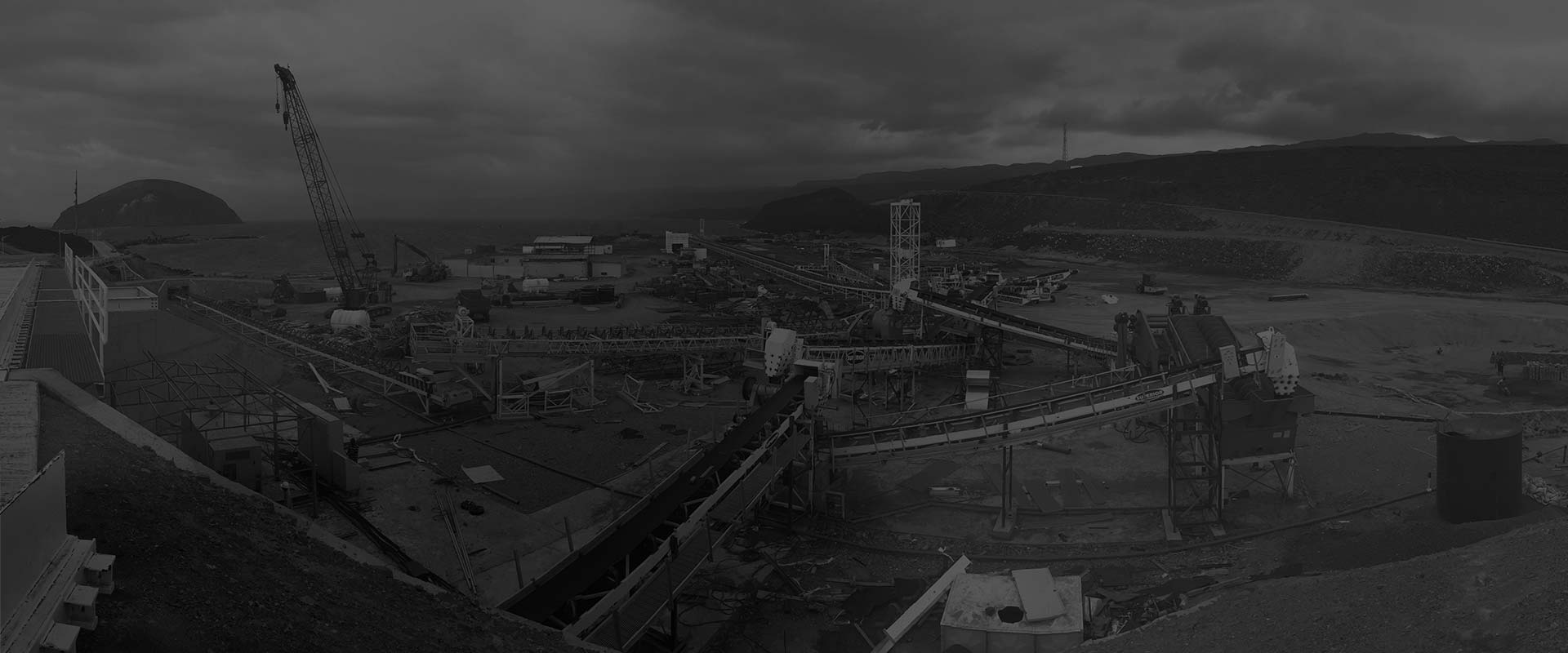0086-379-64087240
As we all know, the cost of grinding operations in the entire beneficiation process occupies a large proportion of the huge investment and high energy consumption, the industry even has "no mill is no beneficiation" this statement, it is easy to see its importance.
At present, the more applied grinding equipment in the mineral processing plant is the industrial ball mill and rod mill. But for many people, the ball mill and rod mill as a pair of "twins", both belong to the long cylindrical grinding equipment, from the shape alone is not easy to distinguish, but in-depth investigation, we will find that there are still great differences between the two. It is the difference in these details that determines the tendency to purchase grinding equipment. Generally, we can identify them according to their equipment structure, grinding media, discharge method, grinding media filling rate, equipment performance and scope of application, etc., to select the ideal type of grinding equipment for the mineral processing plant.
1. Difference between rod mill and ball mill one: equipment structure
From the surface, it is difficult for many people to distinguish between ball mill and rod mill, but in fact, there are differences between the two in terms of cylinder shape ratio. Usually, the ratio of cylinder length to diameter of rod mill is kept between 1.5-2.0, and the inner surface of liner plate on end cover is in vertical plane. In addition, the cylinder speed of rod mill is generally lower than that of ball mill, so the grinding media inside the cylinder of rod mill is usually in the cascade state.
2. Rod mill and ball mill difference two: grinding media
As can be seen from the name of the equipment, rod mill usually uses steel rods with a length greater than 500mm as the grinding medium, while ball mill uses steel balls with a diameter of less than 100mm as the grinding medium. The difference of grinding media is also a major obvious difference between the two kinds of grinding equipment.
3. Rod mill and ball mill difference three: ore discharge mode
Different ore discharge methods are adapted to different grinding processes, and choosing a reasonable ore discharge method will play a certain role in improving the grinding efficiency of the mill. For industrial china ball mill we can choose overflow type and grid ore discharge according to different production requirements. The pulp level of grid ore discharge is low, which can discharge qualified products in time, but sometimes the lattice plate is easily blocked and maintenance is inconvenient; while the overflow type ore discharge is well managed and easy to maintain, but the ore discharge level is high, the pulp stays in the mill for a long time and the processing capacity per unit volume is low. And there is no lattice plate in rod mill, there are mainly two types of overflow type and open type, and the diameter of hollow shaft at the discharge end is larger than that of ball mill of the same specification.
4. Rod mill and ball mill difference four: grinding media filling rate
Grinding media filling rate refers to the percentage of grinding media in the volume of the grinding mill machine. Different grinding methods, equipment construction, operating conditions and media conditions require the grinding media filling rate to maintain a suitable range, too high or too low will affect the grinding effect. After practice summary learned that the filling rate of ball mill is usually 40%-50%, while rod mill is 35%-45%.
5. Rod mill and ball mill difference five: equipment performance
The grinding medium of rod mill is in linear contact with the ore, so it has certain selective grinding effect, only with grinding force, more uniform product size and less over-crushed ore particles. In addition, the processing capacity and grinding effect of rod mill are greatly affected by the size of ore. In coarse grinding, when the product size is 1-3mm, the processing capacity of rod mill is larger than that of ball mill of the same specification; when used in fine grinding, when the product size is less than 0.5mm, the grinding effect of rod mill is much different from that of ball mill of the same specification. And the ball mill is in point contact with the ore, with both impact and grinding force, and the product size is finer. In addition, the ball mill is more adaptable to the material, high production capacity, easy to fine grinding, energy saving is more significant, but its over-crushing phenomenon is more serious.
6. Difference between rod mill and ball mill: scope of application
In the re-election or magnetic separation process of tungsten-tin ore and other rare metal ores, in order to prevent over-grinding phenomenon and dust pollution, rod mill is often used for material grinding. In the two-stage grinding process, rod mill is usually used as the first stage of open circuit grinding, with larger production capacity and higher efficiency. When dealing with low hardness and brittle materials, rod mill can completely replace cone crusher for fine grinding. The ball mill is not suitable for the re-election process in metal beneficiation because of the fine grinding material and easy over-crushing, but it is widely used in other beneficiation processes.
The above is the specific analysis of ball mill and rod mill, I believe it can help you to choose the right grinding equipment to a large extent. The selection of suitable grinding equipment is a system work, the factors are linked to each other, but also mutual constraints, it is recommended to consider the whole picture, reasonable trade-offs, in order to obtain the ideal grinding effect.
